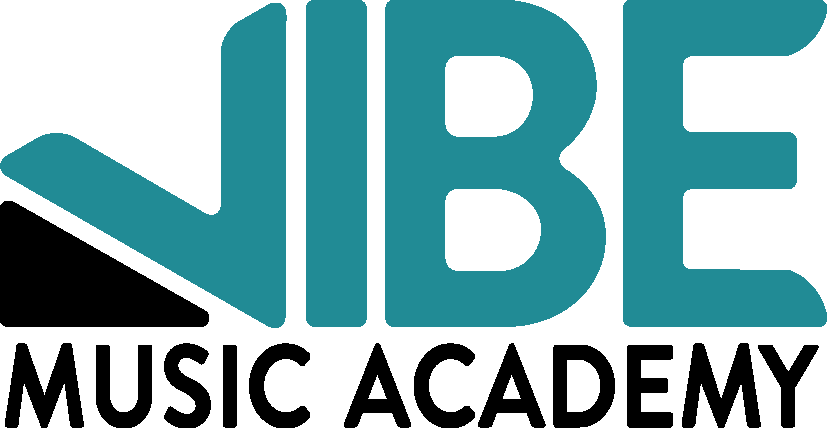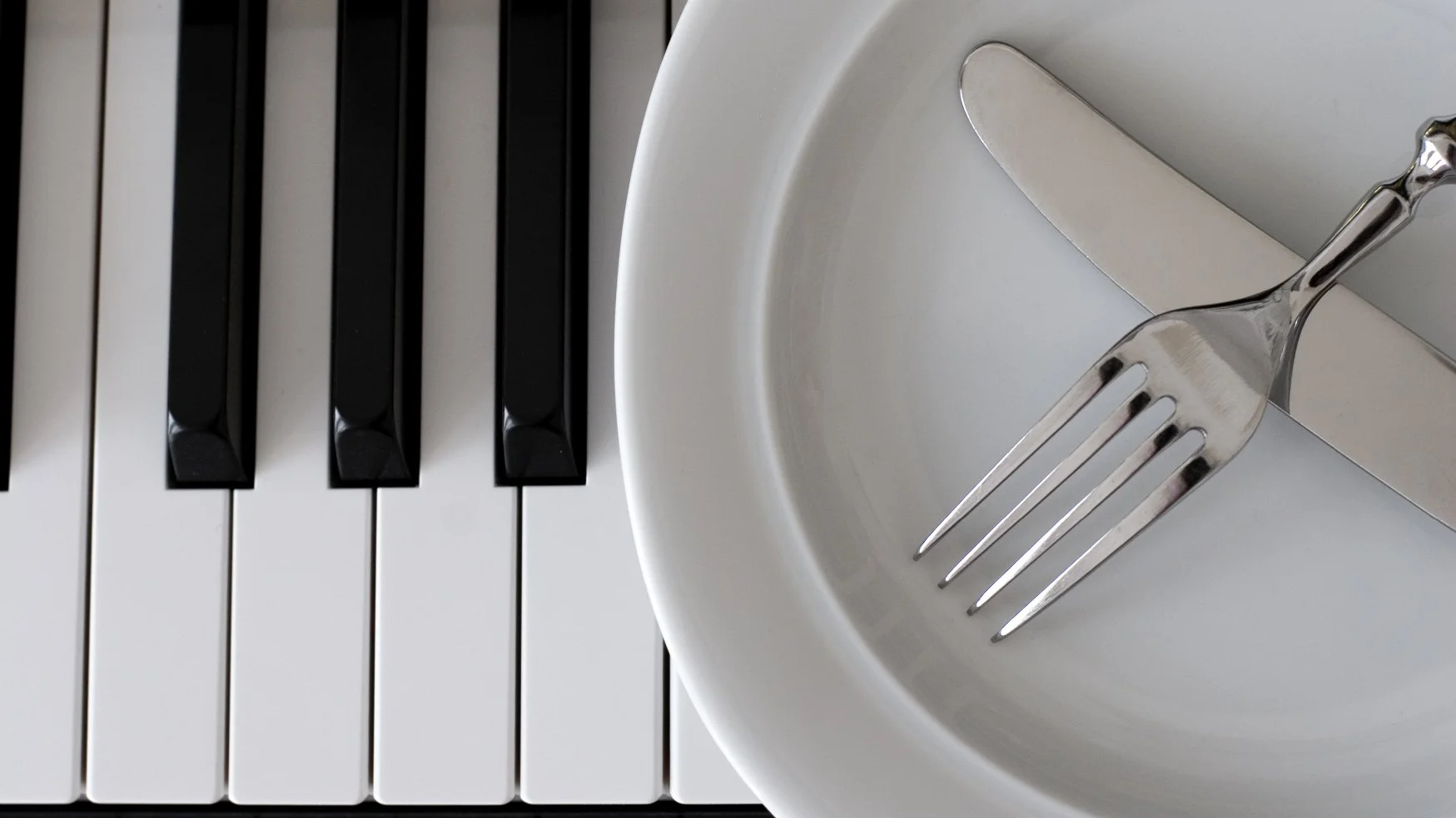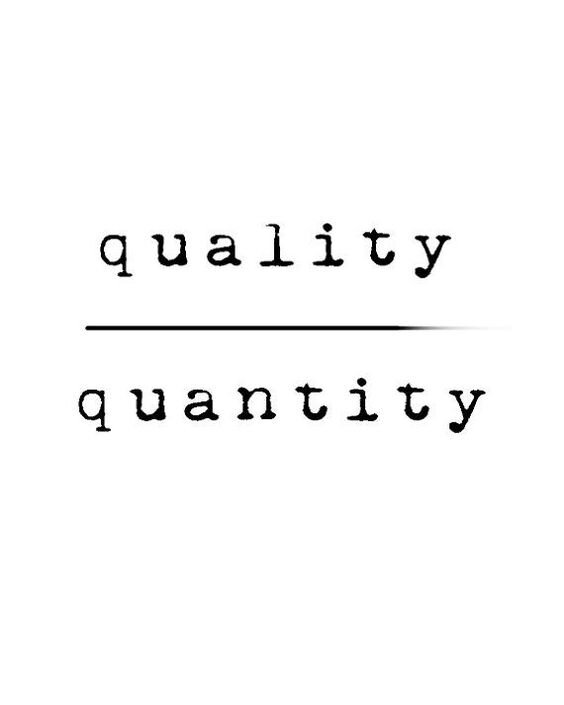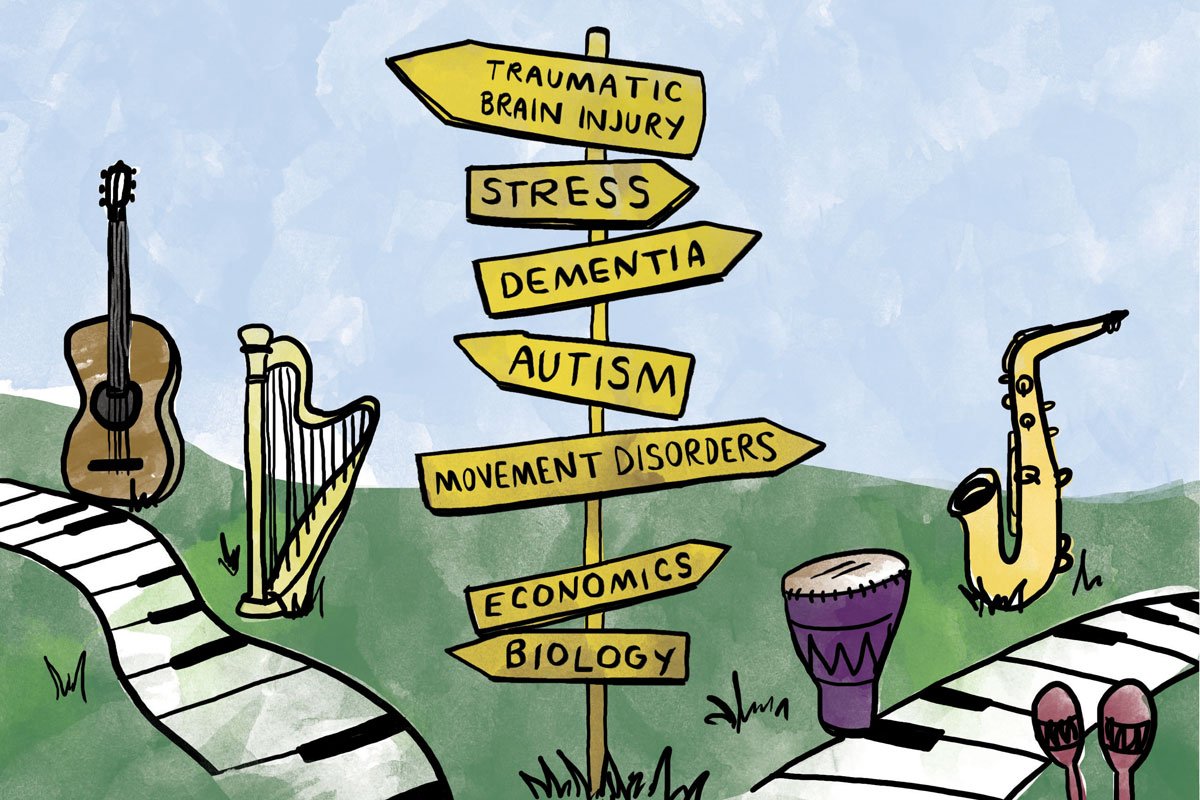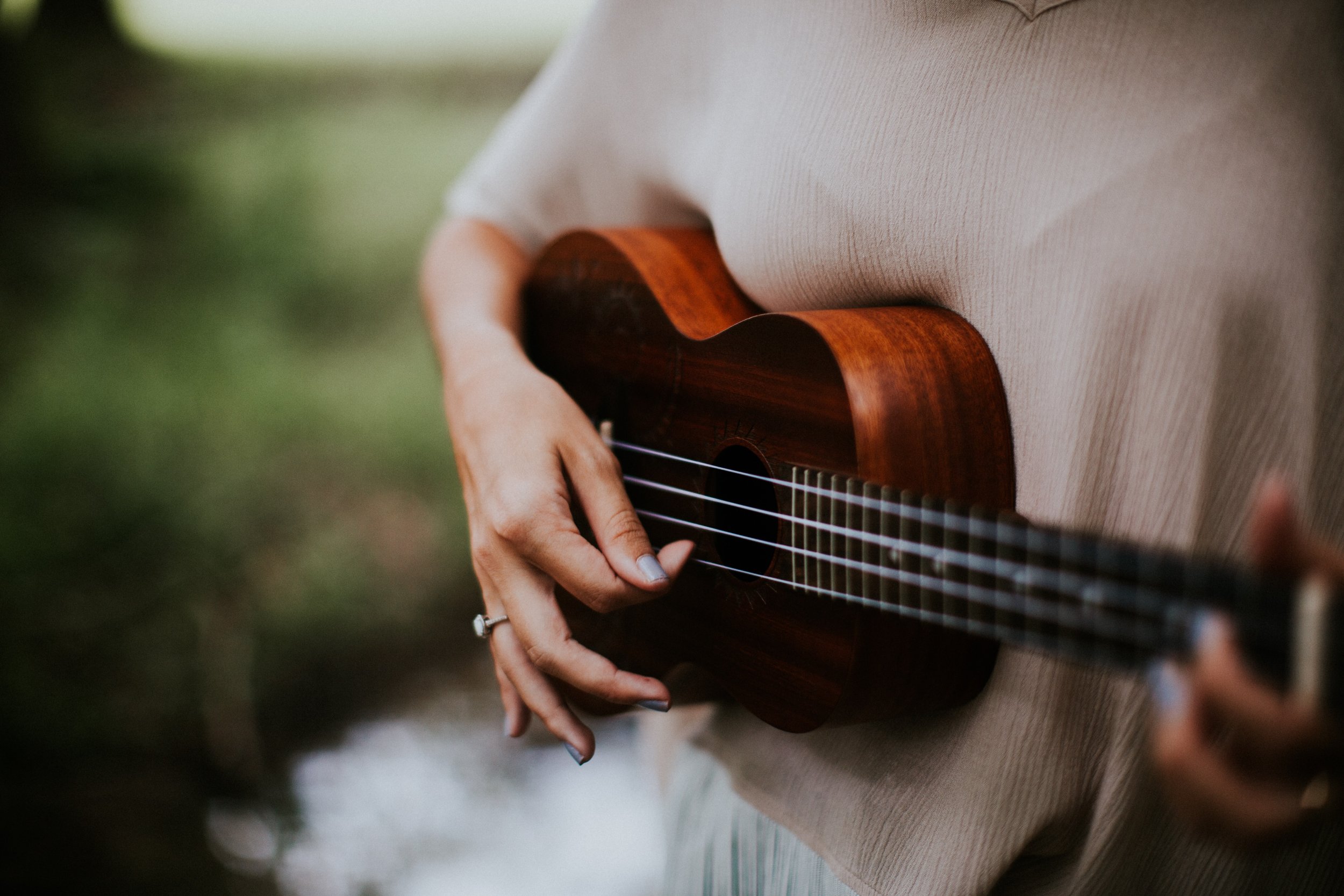Many people associate the ukulele with Hawaii, and rightly so. This instrument has featured regularly in Hawaiian folk music, films about the Hawaiian Islands, and so much more. However, this instrument has a fascinatingly varied history! In fact, the name “ukulele” itself even has different translations.
Believe it or not, the ukulele itself was not invented in Hawaii. It is a direct descendent of the cavaquinho, a four-stringed guitar-like instrument popular in Portugal and and the Portuguese island of Madeira. Hawaii was a hot spot for immigration during the late 1800’s, and Portuguese immigrants sailing on the ship Ravenscrag brought this instrument with them when they arrived in Honolulu in 1879.
The story goes that when the ship’s crew member João Fernandez played his cavaquinho for the local people, they were fascinated by how quickly his fingers moved along the strings. So, they named this instrument a “ukulele,” which translates directly to “jumping flea.” When Fernandez played, his fingers jumped so rapidly along the strings they almost appeared like fleas to the lookers on!
However, there is another possible origin for the name of the instrument. This was the meaning assigned to it by the last monarch of Hawaii, Queen Lili’uokalani. She described the ukulele as “the gift that came here,” referring to the immigrant origins of the cavaquinho.
Perhaps at this point it is important to say that the cavaquinho and the ukulele are not in fact the same instrument. João Fernandez and several of his companions did settle in Honolulu as carpenters and produce these instruments for the local people. However, somewhere along the line the cavaquinho got mixed together with the rajão (another stringed Portuguese instrument) and became something else entirely. The exact date at which the ukulele became its own is unknown, but the instrument was officially presented in 1889, and was a favorite of both King David Kalākaua and the later Queen Lili’uokalani. The playing of the ukulele became a staple of royal ceremonies, and as such started to become a Hawaiian symbol. Additionally, the instrument is traditionally crafted of koa, a native wood that symbolic of nature and earth.
Queen Lili’uokalani was a huge proponent of the ukulele, decreeing it the national instrument of Hawaii. She played this instrument (among several others) and even wrote the famous song “Aloha ‘Oe” to be performed on ukulele. It is greatly due to her influence that ukulele has become such a hallmark of Hawaiian culture.
Source: Hulton Archive/Getty Images
Queen Lili’uokalani
Nowadays, the ukulele has become a staple of popular music. Many famous artists from Jason Mraz, to Twenty One Pilots, Taylor Swift, and even Panic at the Disco have featured the ukulele in their songs. This is a delightful instrument to play, very easy to learn, and extremely portable. The nylon strings and small size create a folksy sweetness when strummed—the ukulele has even become a bit of an aesthetic choice to some! Indeed, many schools have switched gears from teaching recorder to teaching ukulele as the skills can translate a bit better to casual music making.
Thus, the ukulele has travelled a long way from the shores of Portugal, to the beaches of Hawaii, and now into the vernacular of pop singers and songwriters alike. This delightfully versatile instrument promises plenty of innovation in years to come, and remains a joy to performers and listeners alike.
Image Source: Herald Scotland News
Source Material:
Blog Post Written By: Charissa Garrigus
